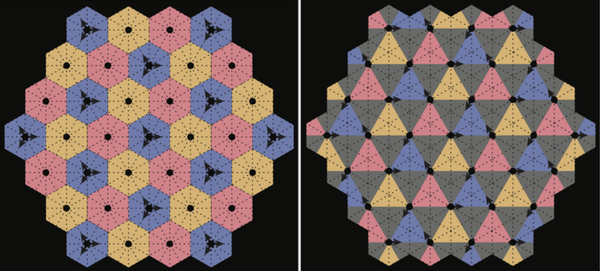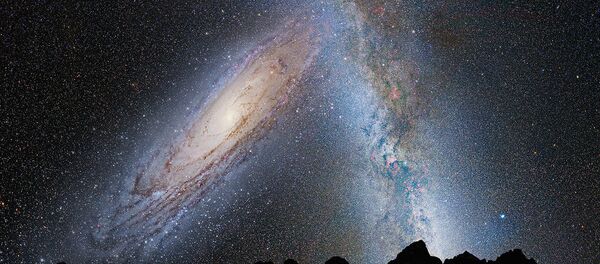Conventional crystals are typically defined as solid arrays of static components, where the atoms line up in an orderly way.
Now scientists have proposed a new kind of crystal in which the order is based on the orchestrated movements of this crystal's components, such as orbiting satellites.

The scientists described such type of symmetry systems as "choreographic crystals", creating a formal theory to categorize them.
The scientists admitted that they do not know whether these "dancing" crystals actually exist in nature, but suggest that the motions of atomic nuclei or electrons in solids could be coordinated in this way.
To examine this in detail, scientists can use a spate of diffraction methods, including those conducted with the help of X-ray analysis, the researchers concluded.





